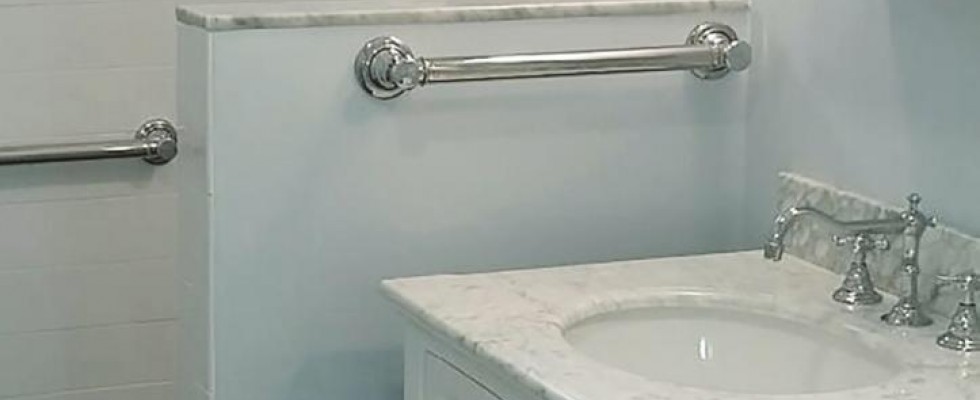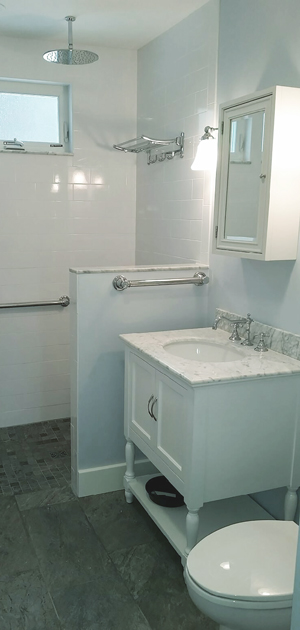
Watertown, Massachusetts 1. Where should someone start when modifying a home?
Unfortunately, the need for modifying a home often occurs at a stressfull time after an injury or illness, and the pressure to get home can be challenging.
If a family member is in a health facility, start with the discharge planner. Many hospitals and rehab facilities are implementing better discharge planning methods, which include information on consultants and contractors experienced in modifying homes for aging-in-place.
2. What considerations come first?
A home assessment in conjunction with the needs of the homeowner. For aging-in-place, a long-term approach to modification is necessary.
If there is an injury or illness, prioritize the areas of concern. I have many clients who ask about converting to a walk-in tub. That's a great product, but it's useless if the person can't step up into the tub or must bathe in a chair. A better option might be a curbless shower.
3. How can HME providers be of service? I think HME providers need to better understand the home environment in which their products are being used, so education is important. Also, too many of my clients buy the product first. For example, they purchase a ramp and it is too steep for the application. The homeowner does not know the proper pitch necessary for a ramp, but HME providers do.
 Image courtesy of Rick Castino, Operation Independence, LLC, a home accessibility construction company specializing exclusively in the assessment, design and construction of modifications to provide greater independence and safety; operationindependence.net.
Image courtesy of Rick Castino, Operation Independence, LLC, a home accessibility construction company specializing exclusively in the assessment, design and construction of modifications to provide greater independence and safety; operationindependence.net.4. What are some questions clients should ask their contractor before starting a remodel?
No. 1: Have you done an accessible home project before? If the answer is yes, get a referral. Contractors are able to get certifications for training in the field of aging-in-place—The National Home Builders Association offers a Certified Aging in Place designation. They can supply contact lists for your area. (Visit nahb.org.) HME suppliers should have contact information on qualified contractors and consultants available for their customers.
5. What trends do you see with baby boomers? This generation is being more proactive in planning to stay in their homes. If they are orchestrating a renovation, they are incorporating accessibility in the design.
6. What is their most common question? Many boomers are taking care of their parents, so they want to know how to keep them safe at home. I get a lot of questions around the cost/benefit of modifying a home—staying at home verses going to a facility or moving in with children.
7. How did you get into aging-in-place remodeling? Twenty years ago I ran a large home development company in western Massachusetts. As a side job, I converted a bathroom for a lady who had multiple sclerosis. It was my first accessibility project, and I saw immediately how it changed her life. I quit my job the next day and started Operation Independence.
